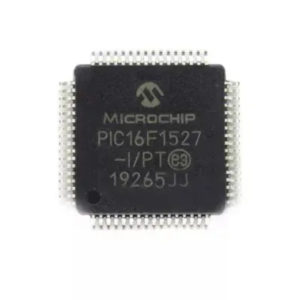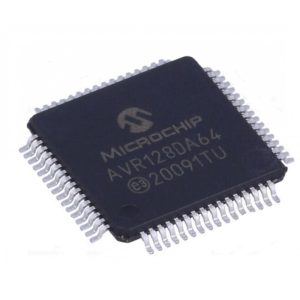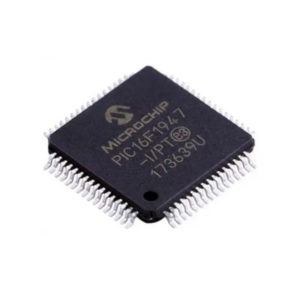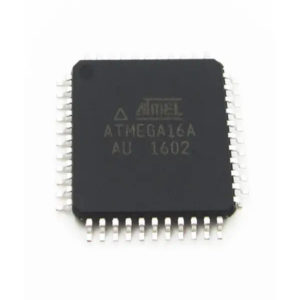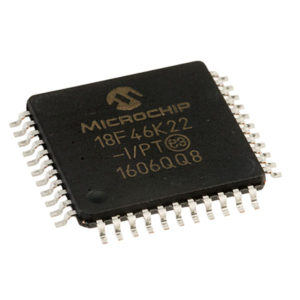EP2C8F256I8N
| Manufacturer | Altera |
| Description | IC FPGA 130 I/O 169UBGA |
| Category | Integrated Circuit |
| Package | BGA-256 |
| Status | New & original |
| Ship From | HK/SHENZHEN |
| Stocks | 10,000 |
Please submit your BOM List or Input the part online
Description
The EP2C8F256I8N is a specific model of FPGA (Field-Programmable Gate Array) from the Cyclone II family, manufactured by Intel (formerly Altera). This FPGA offers 8,192 logic elements and operates with a maximum frequency that depends on the specific speed grade.
The EP2C8F256I8N FPGA can be used in various applications, including:
1. Digital Signal Processing: FPGAs are commonly used for implementing digital signal processing algorithms due to their parallel processing capabilities. The EP2C8F256I8N FPGA can be utilized for tasks such as filtering, image processing, audio/video processing, and other DSP applications.
2. Embedded Systems: FPGAs find application in embedded systems for system control, data processing, and interfacing with peripherals. The EP2C8F256I8N FPGA’s logic elements can be programmed to implement custom logic and control algorithms, making it suitable for medium-sized embedded applications.
3. Communication Systems: FPGAs are frequently used in communication systems for tasks such as protocol implementation, data processing, and signal manipulation. The EP2C8F256I8N FPGA can be employed for implementing communication protocols, performing encryption/decryption, and handling high-speed data interfaces.
4. Test and Measurement Equipment: FPGAs are utilized in test and measurement equipment for tasks such as signal generation, analysis, and protocol testing. The EP2C8F256I8N FPGA can be used in such equipment for data acquisition, signal processing, and control functions.
5. High-Performance Computing: FPGAs are increasingly being used in high-performance computing applications, where their parallel processing capabilities can accelerate specific algorithms or tasks. The EP2C8F256I8N FPGA can be leveraged for accelerating computationally intensive applications in areas such as finance, scientific computing, and image processing.
6. Prototyping and Rapid Development: FPGAs are commonly used for prototyping and rapid development of electronic systems, allowing quick implementation and testing of custom logic. The EP2C8F256I8N FPGA’s logic capacity makes it suitable for medium-sized prototypes and development boards.
7. Educational and Learning Platforms: FPGAs are often used in educational settings to teach digital design, programmable logic, and system-level integration. The EP2C8F256I8N FPGA can serve as a learning platform for understanding FPGA-based design and implementation concepts.




















































